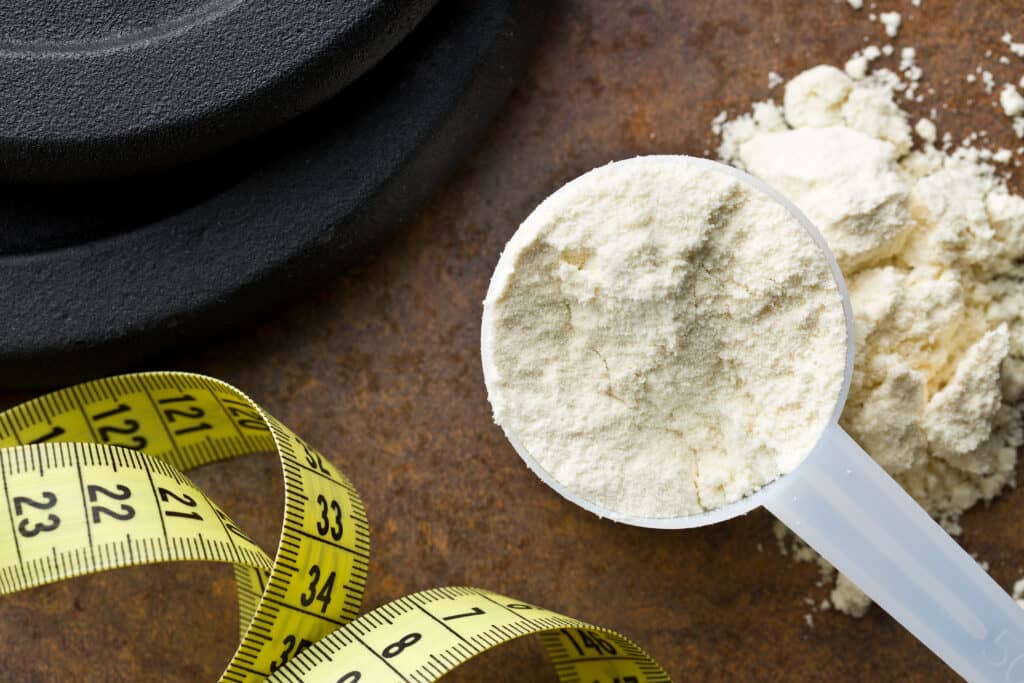
In the world of fitness and health, the popularity of whey protein shakes has surged, mainly due to their high protein content and low presence of non-protein elements. However, a dark secret lurks in the supplement industry that consumers need to be aware of – amino spiking. This practice involves manipulating protein supplements to meet profit motives, leaving consumers with less protein than they bargained for.
This article delves into the concept of amino spiking, why it’s done, and how to detect and avoid falling victim to this misleading practice.
This article delves into the concept of amino spiking, why it’s done, and how to detect and avoid falling victim to this misleading practice.
What is Amino Spiking?
Amino spiking is a deceptive tactic employed by some supplement brands to falsely claim higher protein content than they actually provide. By incorporating low-grade or free-form amino acids like taurine, glycine, and creatine into the powder, these brands artificially inflate protein levels, leaving consumers with protein supplements that may contain a significant amount of useless additives.
Why Do They Do Amino Spiking?
The primary motivation behind amino spiking is cost-cutting. With intense competition and rising global demand for protein, raw material prices for supplements like whey protein have increased. Some unscrupulous companies resort to amino spiking to save on production costs, maximizing profits while offering seemingly competitive prices. Cheaper amino acids like glycine, taurine, arginine, and creatine replace expensive whey protein, deceiving customers into believing they are purchasing high-quality protein supplements.
How Do They Do Amino Spiking?
Amino spiking involves adding non-essential amino acids, such as glycine or glutamine, into the protein mix. Nitrogenous, non-proteinogenic free-form amino acids like taurine, citrulline, creatine, and beta-alanine are also used. These substances increase the overall dietary protein content without being disclosed on the label. As most protein tests measure nitrogen content, which is present in all amino acids, amino spiking remains undetected by standard tests.
Is Amino Spiking a Bad Thing?
While non-protein amino acids may have some value, it is crucial to recognize that not all amino acids contribute equally to muscle building. Amino acids used for spiking are often non-essential, reducing the overall protein quality. Consumers pay for additional amino acids that do not contribute to the product’s intended benefits, and some brands even use fillers like maltodextrin, adding empty calories without enhancing protein content.
Detecting Amino Spiking:
To safeguard against amino spiking, consumers should scrutinize supplement labels for the following items:
- Check for amino acid declarations on the protein pouch and compare the total amino acid count with the protein amount listed in the nutrition facts.
- Examine the ingredient list for the presence of BCAAs, creatine, glutamine, taurine, and other amino acids.
- Look for individual amino acids listed on the ingredients, especially if they are higher than essential amino acids in the ingredient list.
- Avoid protein powders that mention proprietary protein or amino acid blends without disclosing specific amino acids.
Identifying Trustworthy Protein Brands:
Choose protein supplements from brands that:
- Clearly state all amino acids on the label.
- Undergo third-party lab testing for transparency.
- Obtain certifications like Labdoor certification, which tests for quality, heavy metals, and amino spiking without bias.
Sources and More Information
Moore, N. (2023, March 13). How to spot amino spiking in protein powders. Nuts ’N More. https://nuts-n-more.com/blogs/the-spread/how-to-spot-amino-spiking-in-protein-powders
Gaspari Nutrition. (2019, January 28). Amino Spiking? Is Your Protein Supplement all that it says it is? https://gasparinutrition.com/blogs/fitness-facts/amino-spiking-is-your-protein-supplement-all-that-it-says-it-is
Kolschowsky, C. (2023, October 8). The amino acid spiking debacle. PEScience. https://pescience.com/blogs/articles/the-amino-acid-spiking-debacle


